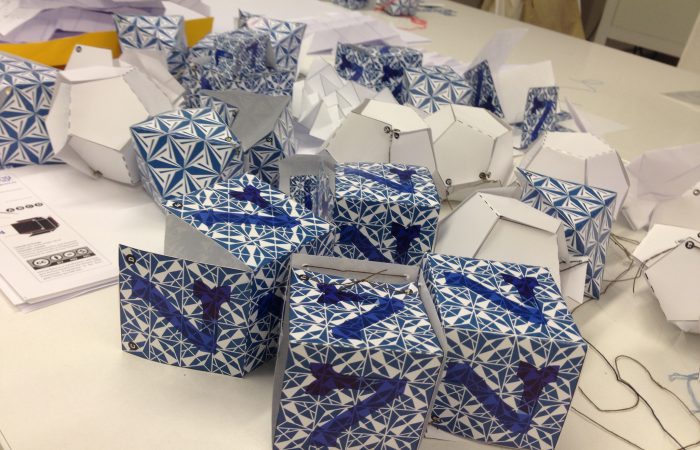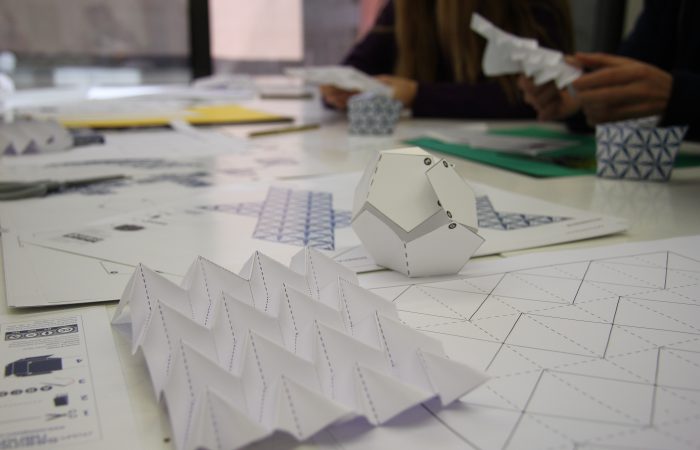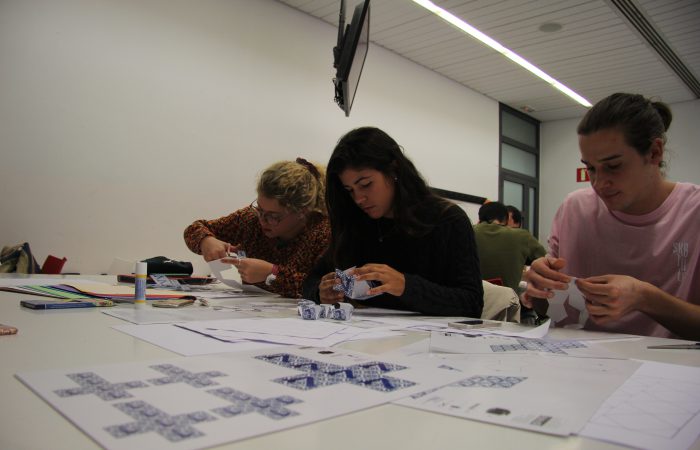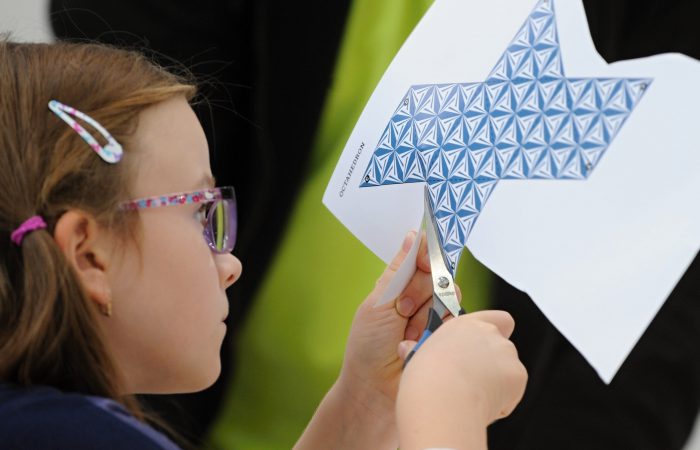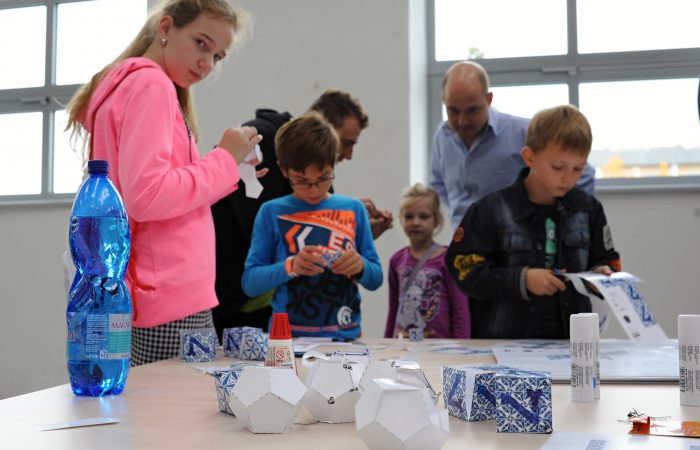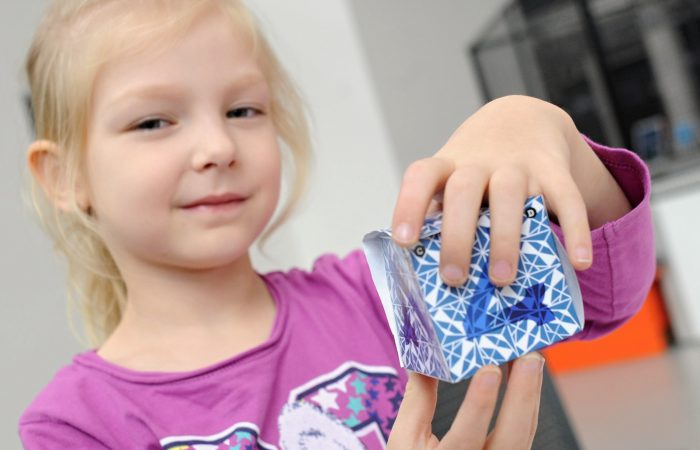For the European project SeeingNano, Studio HB developed a workshop Nano Origami.
This tool can be used in school settings or workshops on nanotechnologies.
Showed in:
Techmania Science Center, Pilzen Czech Republic
Pavilion of Knowledge (Pavilhão do Conhecimento) – Centro Ciência Viva Lisboa, Portugal
Museo Nazionale della Scienza e della Tecnologia ‘Leonardo da Vinci’ Milano, Italy
Ustanova Hiša eksperimentov, Ljubliana, Slovenia
Museos Científicos Coruñeses, A Coruna, Spain
Activity
• Four different activities, can be done separately
• Cutting and folding basic structures to explain surfaces and self-assembly, carbon nanostructures.
• The activity finishes when a nano structure is completed and uploaded on facebook.
30 minutes, each workshop
1-6 participants
Needed
table and chairs paper, printed paper
scissors needle and thread
coloured pencils (workshop 2) glue (workshop 4)
Based on
Pull up nets
Nano Origami, Miura folding
Innovative: New area in Science research, combination Science&Arts, learning by doing, DIY
Targetgroup
All, specifically 12-16 years and non science teachers
Objectives
Big idea
How Art and Science can collaborate to think about new possibilities for future applications.
Nano technologies need different kinds of input and collaboration to develop robust applications.
Learning goals
• Surfaces. As the size of a system decreases into the nanoscale the ratio of surface area to volume
dramatically increases and the system becomes dominated by the surface and the surface properties rather
than the bulk (as in normal systems).
• Self-assembly. Self-organisation processes are where molecules or nano-sized particles spontaneously
adopt an overall structure as a result of the local interactions within the initially disordered system. These
assemblies are often able to survive and self-repair substantial damage or perturbations.
Main Message
1. Nanotechnology means working at small size scales, manipulating materials to exhibit new properties.
2. Innovative ideas can be evolved by the collaboration between Art and Science.
Contributing Partners & Experts
University Leeds Simon Wilkins, Rik Drummond-Brydson
BfR Anna Daun
Daan Schuurbiers, de Proeffabriek
Briony Thomas School of Mechanical Engineering, University of Leeds
Ellis in Wonderland Ellis Barthelomeus
Amolf Amsterdam Martin van Hecke
TU Eindhoven Steven Kleijn


